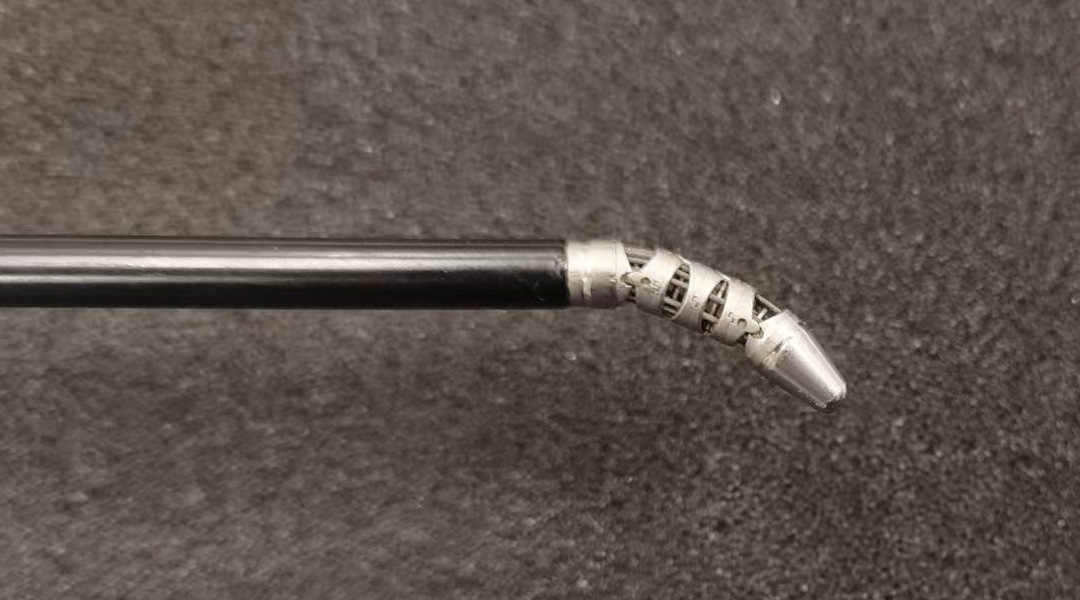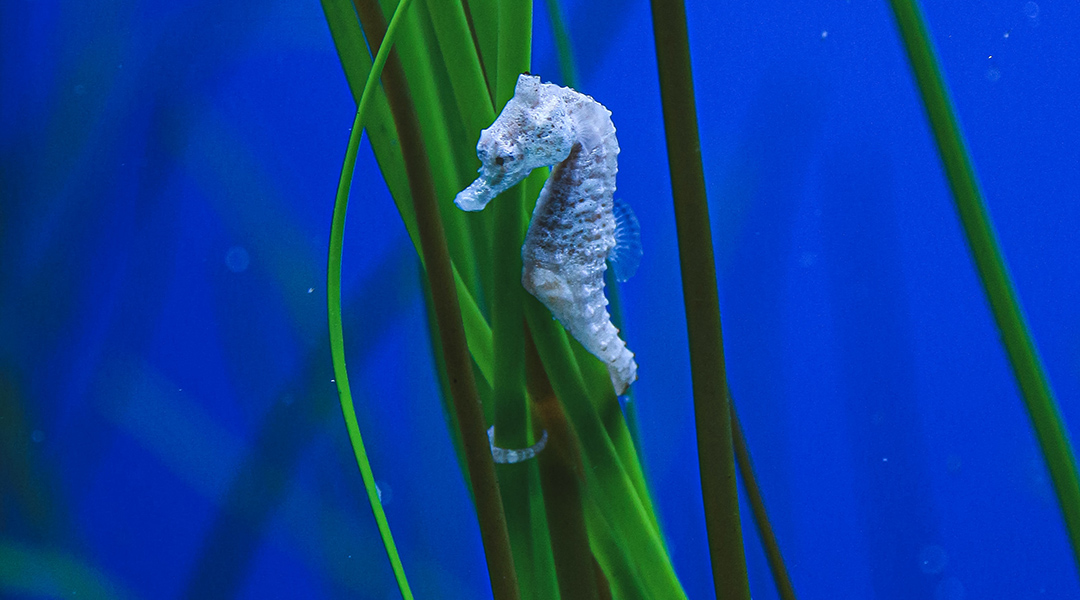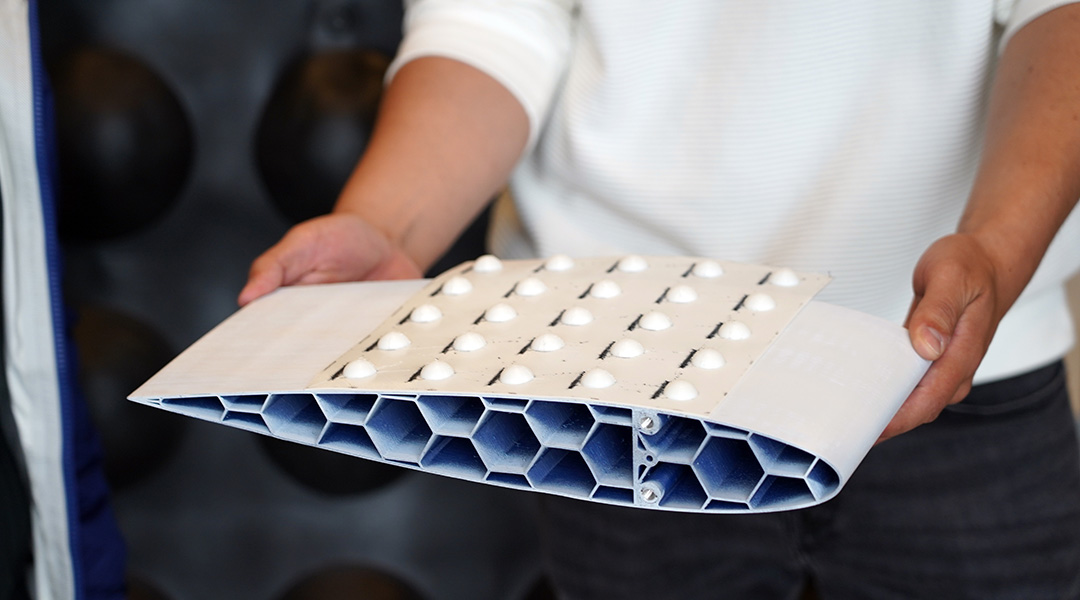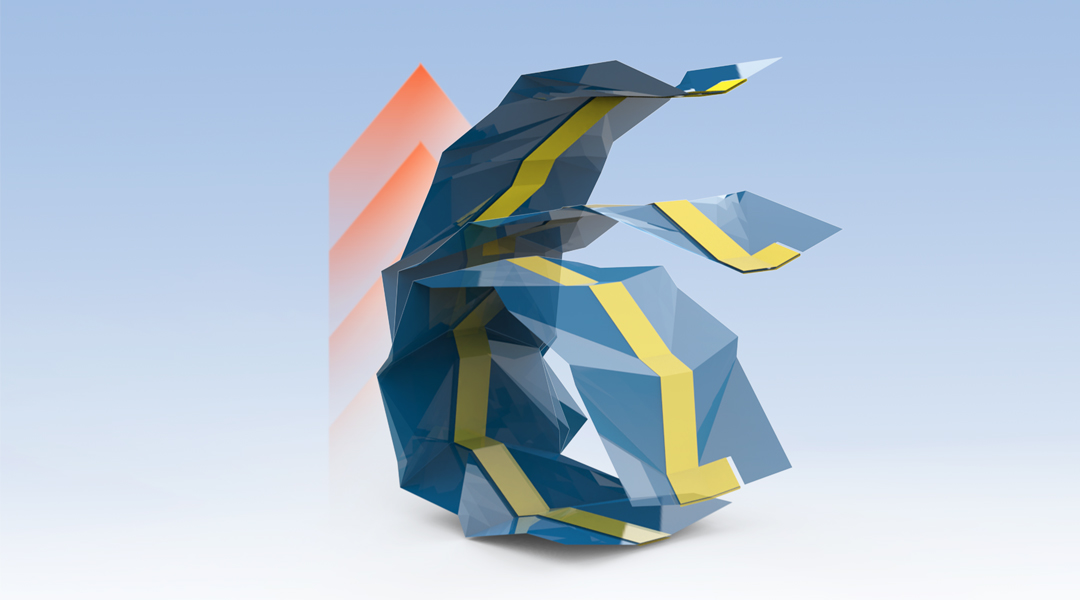Researchers use machine learning techniques to decrease the workload of surgeons.


Researchers use machine learning techniques to decrease the workload of surgeons.

Researchers take a lead from seahorse tails to develop grasping robots that could help clear up trash from our oceans.

A new battery design not only provides energy,not only provides energy, but facilitates automatic surfacing and diving mechanisms in electronic, underwater equipment.

Rigid elements are holding soft robots back from their full potential, and new research suggests swapping in fluid-based systems.

Modeled after nature’s builders, a swarm of 3D printing drones work together to build large structures while in flight.

Borrowing its shape from a disposable to-go cup lid, this new drone wing adapts to its surroundings all on its own.

Fusing data from multiple moving cameras helps robots generate realistic 3D maps of their surroundings.

A three-unit soft actuator brings together ease of fabrication and state-of-the-art design to overcome challenges in robotics.

Sensors developed to respond to jaw movement can be connected wirelessly to different devices for hands-free control.

Researchers demonstrate learning behaviour in a solid-state device that is entirely controlled by electrical stimuli.